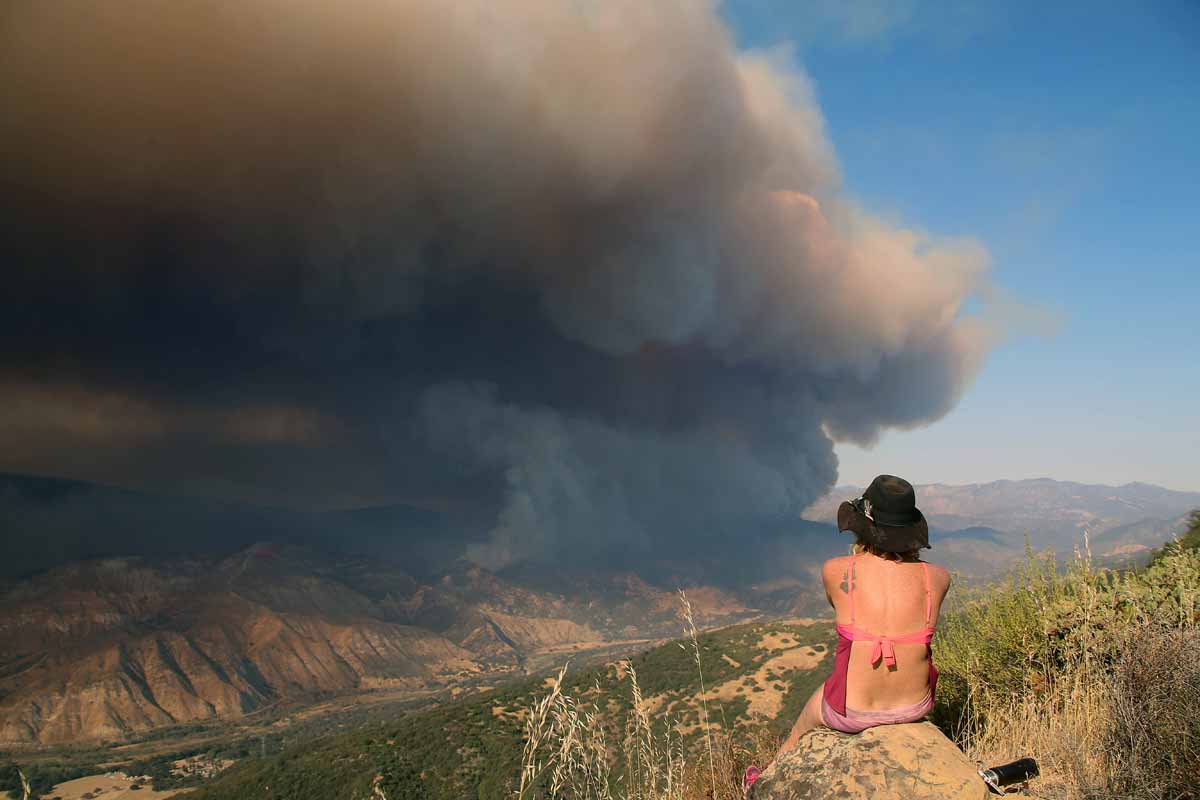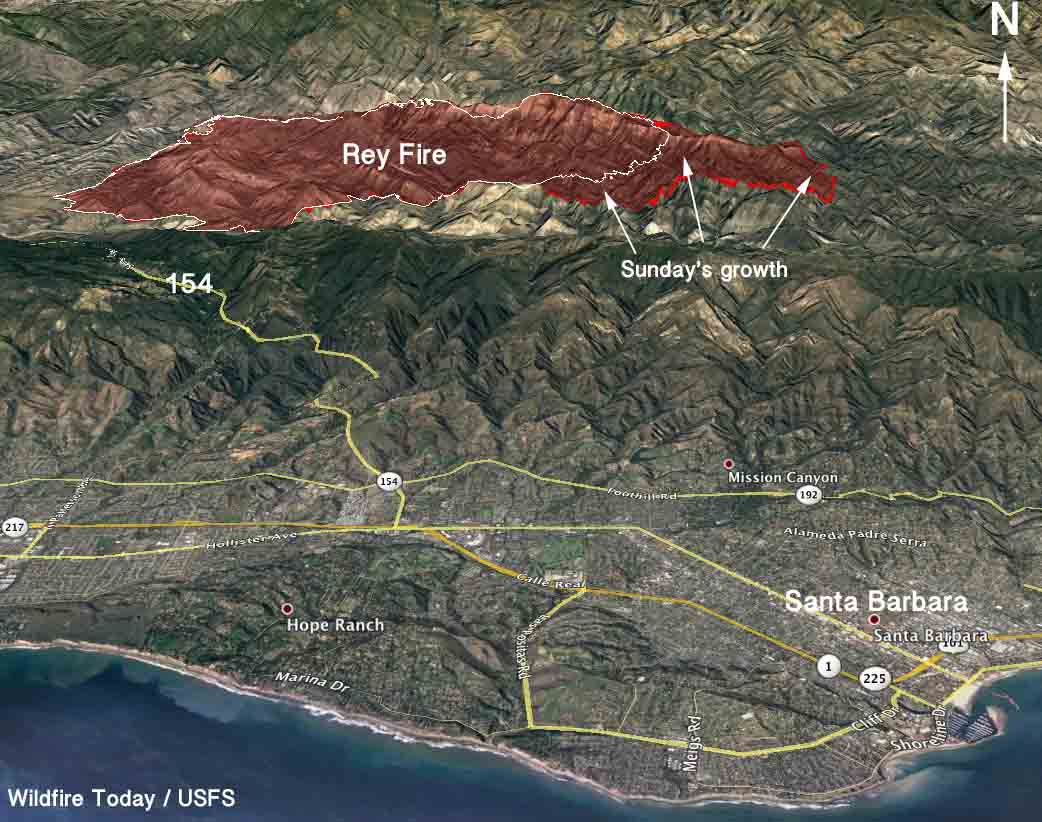
The federal government has filed a lawsuit against Southern California Edison and two other companies for allegedly allowing the Rey Fire to ignite north of Santa Barbara, California on August 18, 2016. The complaint that was filed in U.S. District Court August 17, 2019 contends that of the 32,606 acres that burned in the fire, 19,752 acres were within the Los Padres National Forest. Also named in the lawsuit were Frontier Communications (a telecommunications company) and Utility Tree Service (a tree trimming company).
The fire started when a tree fell on power and communications lines. The court document states, “SCE and UTS were informed of the potential danger the tree that fell on the subject lines posed, were aware of the danger that said tree might fall on the subject lines before it fell, and failed to take any action to prevent it from falling on the subject lines.”
The filing says Frontier failed to, “…maintain proper vegetation clearance around and below its communication lines, and using a device, including its communication lines and equipment, which may cause a fire and failure to take reasonable precautions to avoid starting and spreading a fire.”
The Government alleges SCE violated the terms of its Special Use Permit for the powerlines by “…failure to prevent damage to the land and property of the United States; to take reasonable precautions to prevent and suppress fires; to construct, maintain and operate its equipment and power lines in a safe and effective working order; and to properly and safely maintain, operate, use and occupy the premises of National Forest System lands.”
On the date the suit was filed, SCE had not paid any of the suppression or rehabilitation costs which amounted to more than $26 million.
In addition to those costs, the Government hopes to recover costs of “wrongful injury to [National Forest] trees, loss of timber and vegetation, loss of habitat and environmental damages, damage to the soil, loss of use, scenic views, and aesthetic values”, in an amount to be determined at a trial by jury.







